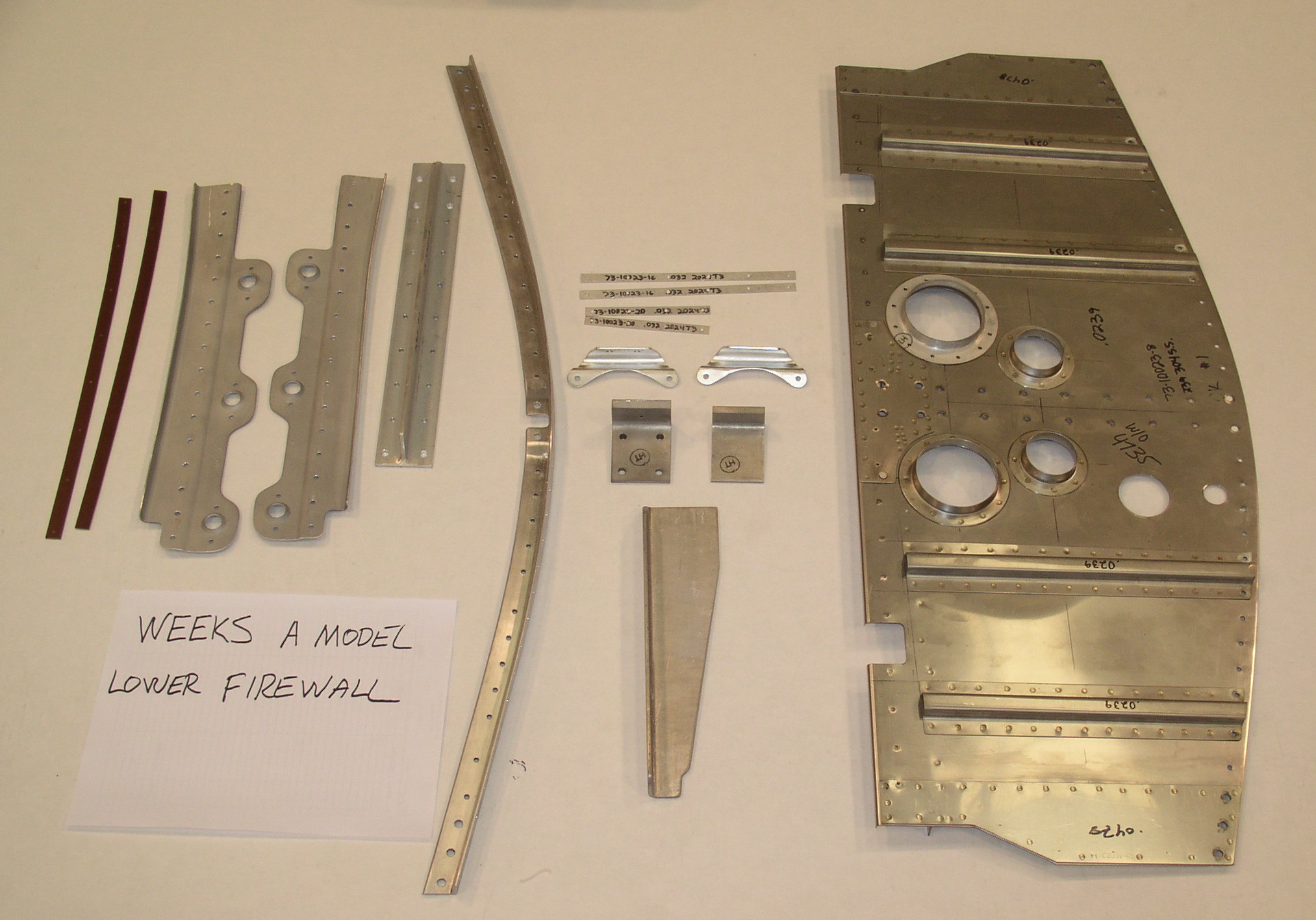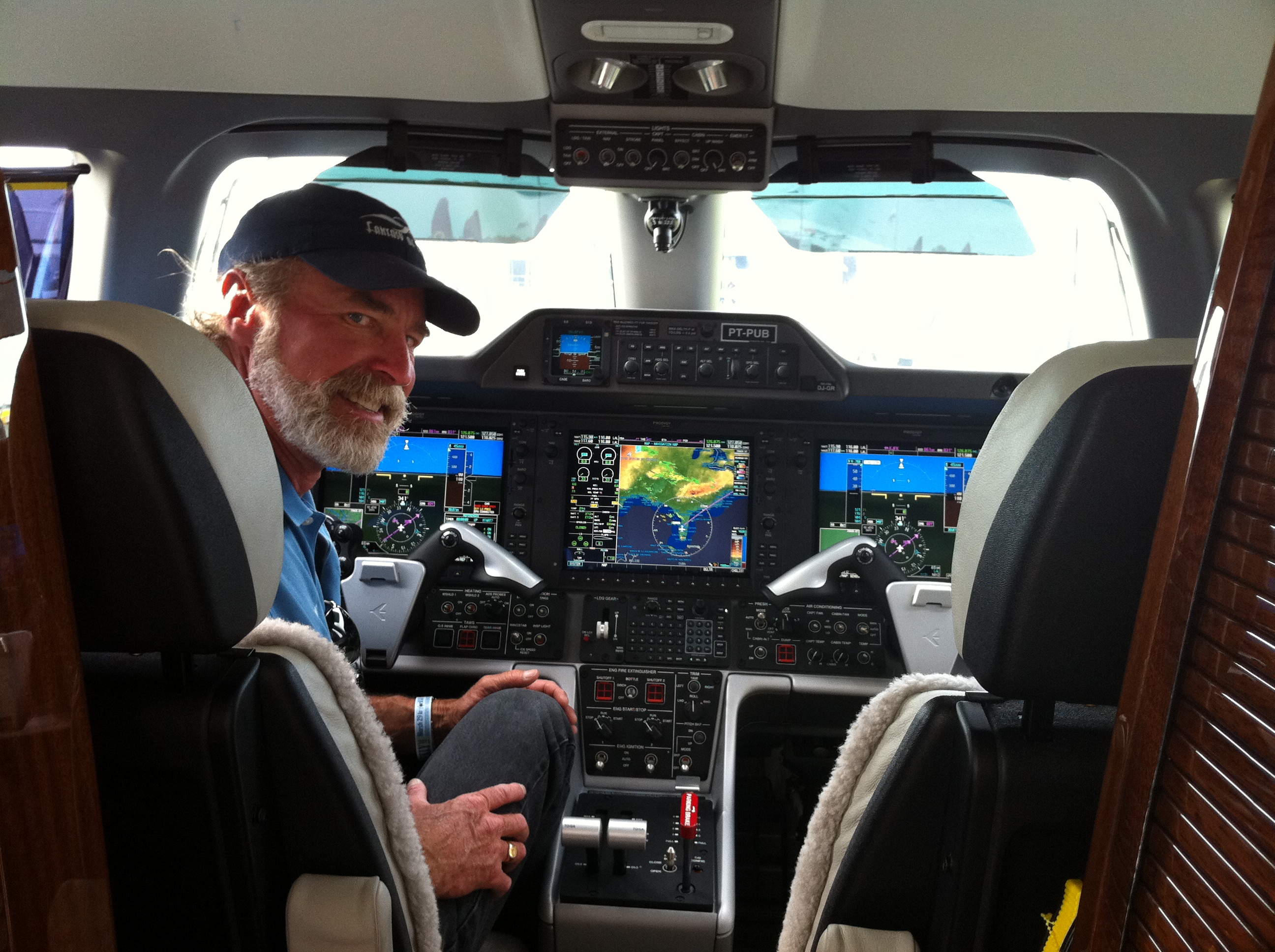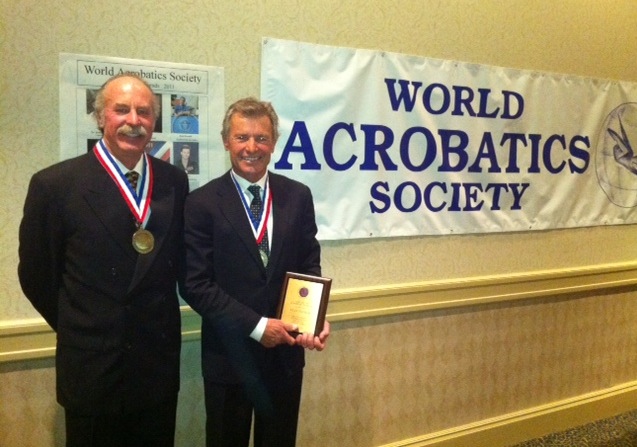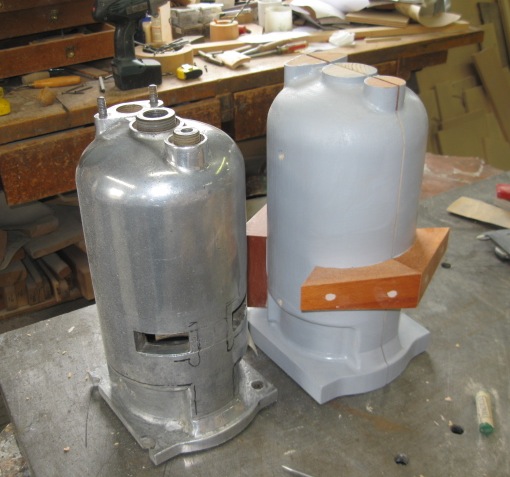Most everyone is aware of the two beautiful P-51 Mustangs we have on display at Fantasy of Flight: P-51C, Ina the Macon Belle, and P-51D, Cripes A’Mighty. But did you know that I’ve also had a North American P-51A in storage for many years? I purchased it in the early 1980’s but, because I had first the “D”, and then the “C” to fly, I never really pursued getting the “A” flyable and focused on other projects.
The project is in great shape and years ago I sent the it out to Art Teeters’ Cal Pacific Airmotive in California to slowly begin working on. I was in no hurry and the project has been on and off the “burner” for several decades. Art and his son Dave did the restorations on both the “C” and the “D”, which both won Grand Champion Warbird at the Sun ‘n Fun as well as the Oshkosh Fly-In’s. It seemed only natural to let them do the “A.”

New Stainless Steel Parts
Recently, I told Art to get back on the project again. They had just completed the metalwork on another P-51A project and the shop was now up to speed on its slightly different construction. It seemed only natural to take advantage of their current knowledge.
There came a great opportunity to visit the shop again when I was invited out to Dave Teeters recent wedding! I had not been out to the shop in years. One wing is basically done and the other is in assembly. Currently they are focusing on finishing up the wings before diving in to the fuselage.

Right Aileron in Jig
As we began to think of how we were going to paint the airplane, I decided to do something different. It seems everyone wants their airplane to stand out from the crowd, whether its the paint job or some special thing about it that no one else has. Well, I guess I’m no different!
Early in the War, the factory made some of the P-51A’s with cannons instead of guns. They were built mostly for the British but in researching into it, I discovered there were a few Americans that flew them as well.

Left Wing in Jig
Eventually, we discovered a likely candidate flown in the Mediterranean Theater by a 1st Lt. Dean R. Gilmore in a 111th Photo Recon paint scheme. It was an airplane called Snoopers with some great artwork on the nose depicting its photo mission status as well as the number of missions it had flown. Dean was awarded the DFC for one of his Recon missions over Monte Cassino, Italy and went on to fly 91 missions between August, 1943 and May, 1944. By the time he returned home, he had accumulated a total of 194 combat flying hours and had flown more missions than anyone else in his squadron.
As a side twist to all this, Racing Legend Jack Roush at one point wanted to buy my P-51C but I told him it was not for sale. He did the next best thing and acquired a data plate and paperwork for an early Mustang and had it basically built up from scratch by Cal Pacific Airmotive. He originally intended to paint it in Dean’s colors but eventually decided on a paint scheme for another P-51B.

Lt. Gilmore and Snoopers
But this is where the story gets interesting. After serving overseas, Dean returned to the States to train other pilots in Central Florida, flying out of the Bartow Airbase. Unfortunately, he was killed on a training mission in a P-51B over Lake Louisa, near Clermont, FL just north of Fantasy of Flight.
Through an amazing twist of synchronicity, I had been asked years ago to do a fly-over for a memorial service in Cripes A’Mighty while family and friends watched from the shoreline. I had no idea at the time that IT WAS OVER LAKE LOUISA AND WAS FOR LT. GILMORE!
The event was to commemorate a memorial for Dean’s contributions and sacrifices, which now stands at the south shore of Lake Louisa. To add another bizarre twist to the story , the wreck Jack Roush got his data plate from WAS FROM THE RECOVERED WRECK OF LAKE LOUISA!

Lt. Gilmore's Noseart!
Needless to say, his family is very excited about the project and have offered to help in any way with information and photos. In the words of famous radio personality Paul Harvey . . . “So now you know . . . the rest of the story!”
If you want to learn more about Lt. Gilmore and his exploits, check out http://www.swissmustangs.ch/72468.html.
Kermit


















